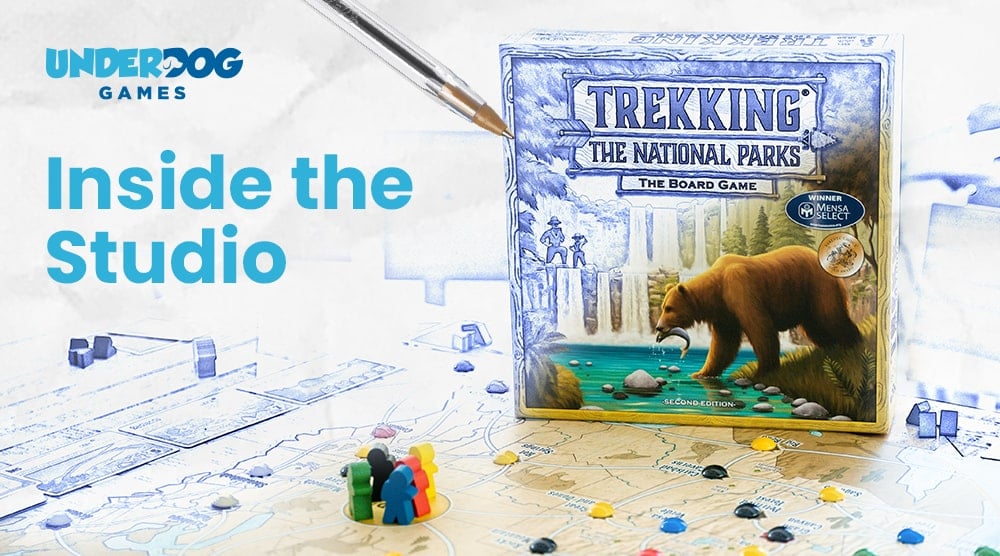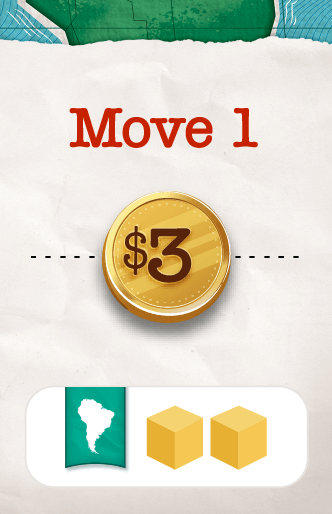Today's post is about the approach we've taken to designing Trekking the World 2nd Edition:

- Trekking the National Parks - 7.0
- Trekking the World - 7.1
- Trekking through History - 7.7
A False Start
Many players report the economy of 1st Edition feels "tight". You need to spend cards to do just about everything in the game, and players too often feel like they don't have enough.
The first obvious solution is to give players more cards. Alas this didn't solve the problem. Rather it made the game feel slack and rote. It was as though we could make the game either too tight, or too loose, but never just right.
What we learned from Trekking through History

This has four virtues, the last of which is most relevant to this discussion:
- It makes understanding how to take a turn easy
- It allows the designer to build variety into what can happen on a turn, by building it into what the cards tell you to do.
- Because each card tells you to do several things, it creates trade-offs between those things. If done well, it can make evaluating your options tricky and nuanced.
- You don't spend anything to acquire a card. You just take one and do what it says. This triggers less loss-aversion than 1st edition's "pay for everything" system, and thus less "tightness".
- move across the world map
- withdraw money from your bank account
- If you’re in a certain location, get one or two souvenirs
This creates variety and nuance, and also feels a little more thematic because an itinerary is a real thing in travel and an abstract hand of cards isn’t.
The risk in this approach
However, the quality of a board game is not a function of just one design choice. It's a gestalt experience defined by hundreds of choices. By choosing to overhaul Trekking the World, we had to make a lot of new ones. That introduces uncertainty. I don’t think we can know whether we’ve cleared our quality bar until we publish it.
This is usually the case in game publishing, unfortunately.





